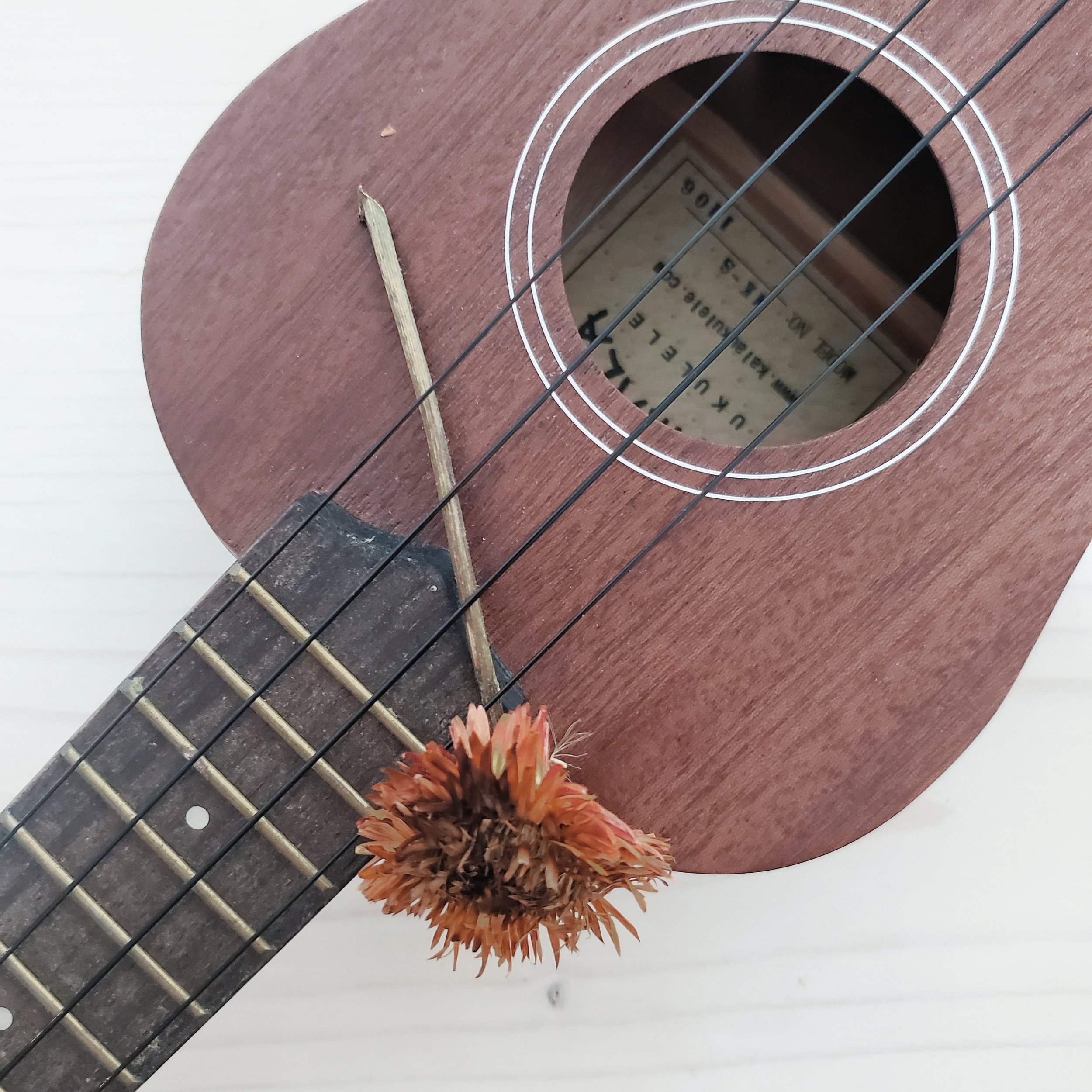Is The Creative Good for you?
Start here to get the big picture.
Here’s the thing.
As creators, we have work we want to do. No one is telling us to do this work. We are called to it. If we don’t do it, we feel unfulfilled, if not downright miserable. And the only way to alleviate the suffering that comes from not doing the work is to do the work. Doing the work makes life better.
So, we have to find a way to do the work, which is where The Creative Good comes in...
I’m Jill Margo and I lead The Creative Good.
I work online, one-on-one and in groups, with creators (such as writers, visual artists, musicians, and craftsfolks) at all levels who, like me, have been most impacted by patriarchy and other forms of oppression.
My aim is for us to live better, more fulfilled lives through the realization of creative practices that are generative, sustainable, and liberatory.
The creators I work with tend to be in one of these three growth phases (garden metaphors are big around here):
-
ROOTS
The ROOTS growth phase is about grounding yourself in your creativity by:
recognizing that creative practice is a form of self-care that brings you home to yourself;
establishing a creative practice and a life that supports it;
getting unstuck;
healing old creative wounds;
building your confidence and courage;
experimenting, playing, iterating;
learning or re-learning your craft;
developing/re-discovering/re-inventing your vision, voice, and style;
focusing on process, rather than big projects; and
sharing your work with people who make you feel safe.
The ROOTS growth phase is best suited to you if:
you’re new to creative practice or re-establishing a creative practice after an extended break;
you’re back at square one after finishing a major project or because you’re reinventing your creative practice;
you need to “go to ground” because you’re lost/stalled/burnt-out or dealing with low energy/limited time/chronic stress/physical or mental health issues;
you want to develop your creative practice gently and quietly behind the scenes;
you want to nourish your roots to give yourself a solid foundation to grow from.
-
SHOOTS
The SHOOTS growth phase is about owning your identity as a creator by:
focusing on process, as well as strategic and defined projects;
refining your creative practice;
getting more clarity and being more consistent;
making work you love and that is foundational for things to come;
developing a collection, series, manuscript, line, album, etc.;
making sustainable progress;
sharing your work more widely;
starting to understand who your audience/fans/collectors are; and
dipping your toes into branding, marketing, and pitching/selling/submitting.
The SHOOTS growth phase is best suited to you if:
you have honed your craft;
you have time, energy, and resources to invest in your creative practice;
you’re ready to be more visible;
you’re interested in possibly having supplemental income from your creative practice; and
you want to grow your body of work in anticipation of future launching/selling.
-
BLOOMS
The BLOOMS growth phase is about focusing on fully professionalizing your creative practice by:
getting paid for what you create;
finding new ways to bring your work to market;
challenging yourself to elevate your work;
consistently creating work you’re proud of;
knowing and engaging with your audience/fans/collectors;
having a recognizable brand that fits the aesthetic of your work;
seeking publicity;
setting boundaries to avoid burnout; and
making an impact by aiming wider and leading with your values.
The BLOOMS growth phase is best suited to you if:
you know who you are as a creator and have clear aspirations;
you’re an expert in your craft;
you want to run a creative business;
you are resourced enough to invest in a leap of faith; and
you want to make as much money as you can from your creative practice.
No matter what growth phase the creators I work with are in, they all want to establish/maintain a creative practice. Here’s my definition of creative practice:
So, working with this definition of creative practice, and knowing who my people are, I offer deeply supported ways for creators to be in practice in a way that is organized and systematized.
But there’s another level to my work, one that’s crucial to understand: liberation.
Over and over again I’ve worked with creators who experience the same issues. Things like perfectionism, imposter syndrome, visibility blocks, and burnout (a.k.a. exhaustion from capitalism). Like me, they originally believed that these were personal problems or failings.
They’re not. They’re collective issues that stem from oppression. Realizing this makes all the difference.
Let’s use perfectionism as an example. The problem with perfectionism is that it costs us time (and money) trying to get things “just so”, which means it also shrinks our body of work because it takes us longer to get our creative work into the world. Or, we don’t get it into the world at all because perfectionism has put us into a freeze state.
The chances are that the more of a perfectionist you are, the more you’ve been impacted by forms of oppression that want you to believe something is wrong with you, that you’re not enough. You’re so used to being undervalued (and worse) that you’ve gotten the idea—consciously or subconsciously—that perfectionism is needed as your defense and as the price of admission. Perfectionism then becomes a pillar that upholds oppression, so oppression is still winning!
The anti-oppressive antidote to perfectionism is deliberate imperfection. You don’t have to be perfect to show up, be seen, do your work, and be successful. Deliberate imperfection is a liberatory practice that can still get you where you want to go. In fact, you’ll likely do even better work because you’ll be more at ease and more yourself without perfectionism.
Do you see what I mean?
Everything I’ve talked about here can be summed up by my Framework for Creative Good. One of my teachers, Kelly Diels (who also taught me about perfectionism upholding oppression), says that our framework or methodology is like our Mary Poppins bag—it’s where we pull all our tricks from.
Have a look.
Framework for Creative Good
-
ORGANIZE
WE ORGANIZE our lives around our creative practices (not the other way around).
WE ORGANIZE our work into a structured whole with attention give to The Three Areas of Practice: 1| Setting Up for Success; 2| Making Art; and 3| Building Our Practices & Platforms.
WE ORGANIZE our lives and projects by seasons/quarters, giving ourselves enough time to get things done without losing sight of our desired outcomes. We reset with each season, allowing us to be more in tune with natural rhythms.
-
SYSTEMATIZE
Inspiration does not get things done, habits do. A system is a collection of habits—in this case The Three Good Habits. So…
WE SYSTEMATIZE by 1| Allowing ourselves to make art for at least 15 minutes a day (most days).
WE SYSTEMATIZE by 2| Prioritizing three right-sized, strategic weekly tasks—a.k.a. “triorities”.
WE SYSTEMATIZE by 3| Reviewing and planning regularly.
-
LIBERATE
WE LIBERATE ourselves by viewing creative practice as a radical care practice.
WE LIBERATE ourselves of self-blame and shame by realizing that what we label as personal problems or failings that interfere with our practices—like perfectionism, visibility blocks, and imposter syndrome—are actually collective issues that stem from patriarchy and other oppressive systems.
WE LIBERATE ourselves by not reproducing the conditions of capitalism in our creative practices.
Other Things
It’s important to me that we model the world we wish to live in, therefore The Creative Good has zero tolerance for any form of oppression, such as sexism, racism, abelism, ageism, classism, transphobia, homophobia, fatphobia, and so on.
This is not an apolitical space. It’s also not a space directed solely at those who identify as women. The space was also designed with non-binary and gender-diverse people in mind, which is why we don’t use gendered language.
Like what you’ve read here?
Want to be in practice in a way that feels generative, sustainable, and liberatory?
Please check out my group and one-on-one offerings (coming soon), as well as The Seasonal Creator workshop series.
You’re also invited to follow The Creative Good on Instagram. And to subscribe to The Creative Goods, my feminist and justice-based advice column for creators with conundrums.
Plus, you’re always welcome to get in touch with me.



